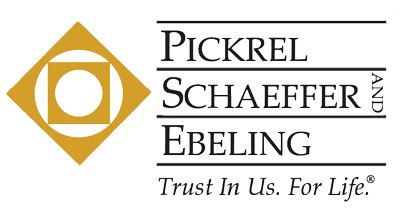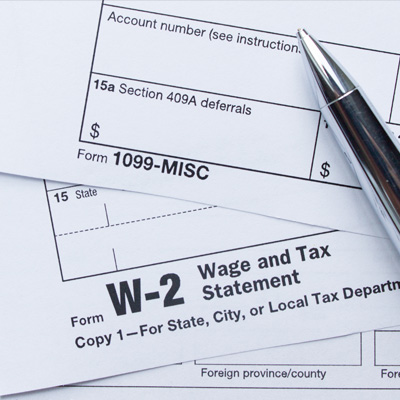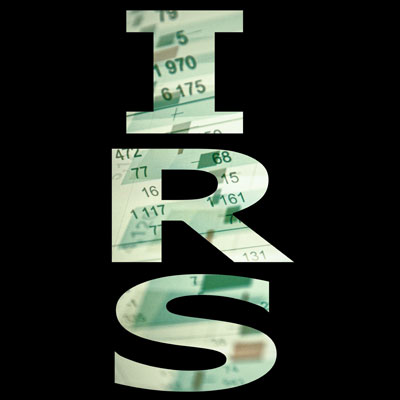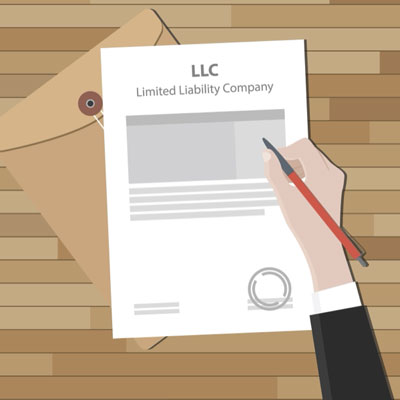New PPP Rules Provide Employers with More Options

On June 5, 2020, the President signed the Paycheck Protection Flexibility Act (PPF) which loosens many of the requirements for existing and future borrowers to obtain forgiveness on Paycheck Protection Program (PPP) loans. The law takes effect immediately and clarifies that the deadline to apply for a PPP loan remains June 30, 2020.
The Coronavirus Aid, Relief, and Economic Security (CARES) Act provided for PPP loans to small businesses that were in operation on February 15, 2020 with fewer than 500 employees, funding loans up to $10M per borrower to cover expenses during the pandemic, including payroll, mortgage interest, rent and utilities. PPP loans could be fully forgiven, provided that borrowers met certain criteria by maintaining or increasing the number of Full Time Equivalent (FTE) employees.
The program initially required borrowers to spend 75% of their loan proceeds within an 8-week period following the disbursement of their funds. The Paycheck Protection Flexibility Act extends this period to 24 weeks, at the borrower’s option, and also provides for additional flexibility in obtaining loan forgiveness.
Here is a summary of the new provisions in the Paycheck Protection Flexibility Act:
- Extends the minimum repayment time of PPP loans to five years. This applies to any PPP loan made on or after June 5, 2020. Borrowers and lenders are free to negotiate a longer term of repayment at 1% interest.
- Extends the covered period for using PPP loan proceeds from June 30, 2020, to December 31, 2020.
- Extends the covered period for PPP loan forgiveness from eight weeks from the date of origination to the earlier of 24 weeks from the origination date or December 31, 2020. A borrower who received a loan before the bill’s enactment could elect to continue using the 8-week covered period set forth in the Coronavirus Aid, Relief, and Economic Security (CARES) Act.
- Extends the deadline for the safe harbors for FTE levels and salary reductions from June 30, 2020, to December 31, 2020.
- Provides that the amount of loan forgiveness will not be reduced by a reduction in the number of full-time equivalent employees, if, with respect to the period February 15, 2020, to December 31, 2020, the borrower is able to document in good faith that it was unable to rehire employees or unable to return to the same level of business activity due to an inability to comply with governmental standards related to sanitation, social distancing, or other safety requirements due to coronavirus.
- Provides that at least 60 percent of PPP loan proceeds should be used for payroll costs to receive loan forgiveness (overturning the 75 percent standard set forth by the Small Business Administration (SBA) and U.S. Treasury Department).
- Eliminates the six-month deferral of payments due under PPP loans and replacing it with a longer 10-month deferral as long as the borrower applies for forgiveness within 10 months of the end of the covered period. The covered period is the earlier of 24 weeks from loan origination or December 31, 2020.
- Allows for all employers to take advantage of the CARES Act deferral of the employer portion of social security payroll taxes, regardless of whether they have had a PPP loan.
Additional guidance from the Small Business Administration and the U.S. Treasury Department is expected within the coming weeks. The attorneys at Pickrel, Schaeffer and Ebeling advise clients on all aspects of post-pandemic planning and legal compliance. If you need assistance with planning for these changes, modifying your existing PPP loan forgiveness plan, or other strategies to return to business safely, please contact Kristina Curry or Matt Stokely at kcurry@pselaw.com or mstokely@pselaw.com, or call (937)223-1130.
You may also be interested in the following article: https://www.pselaw.com/returning-to-business-and-ppp-loan-forgiveness/












